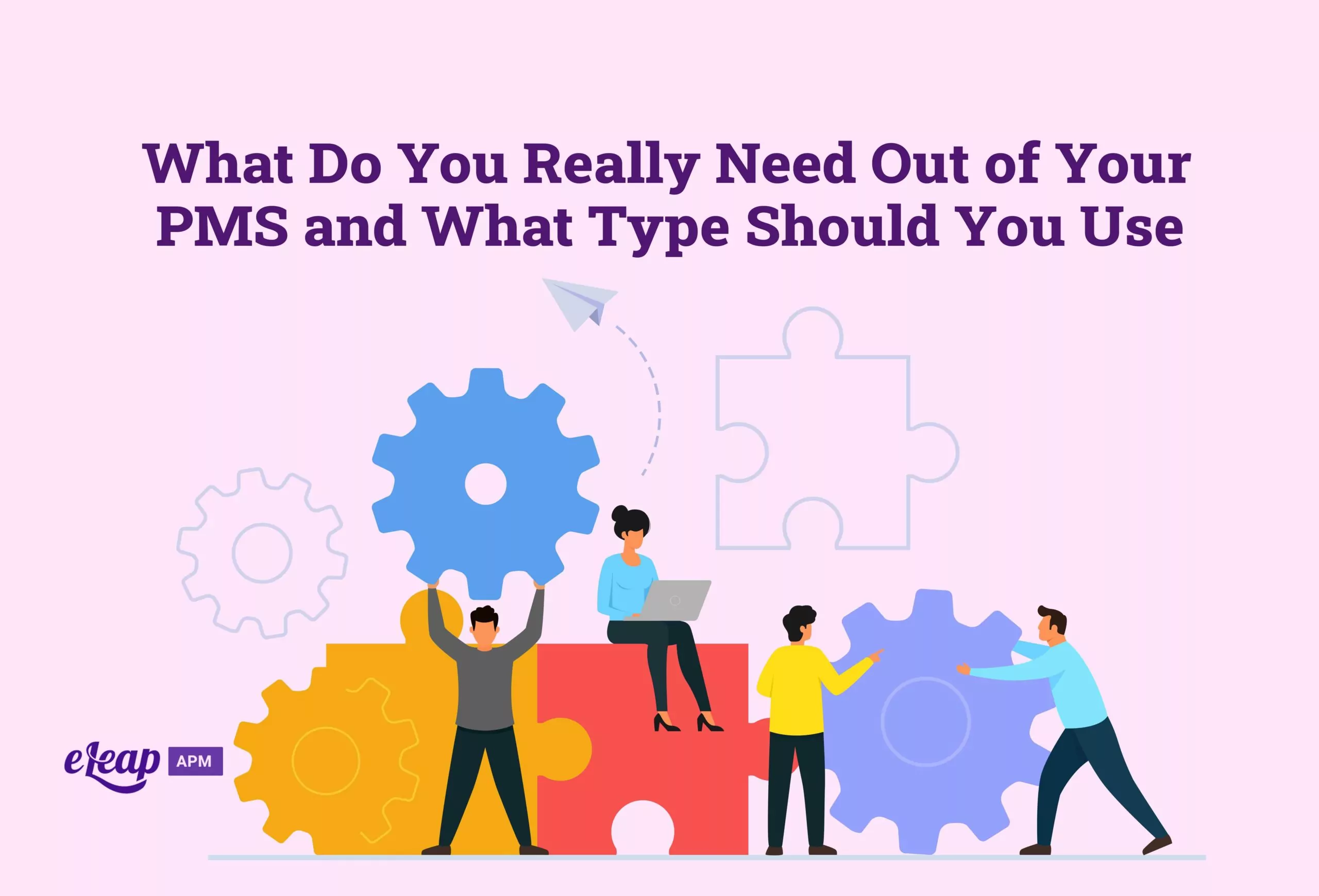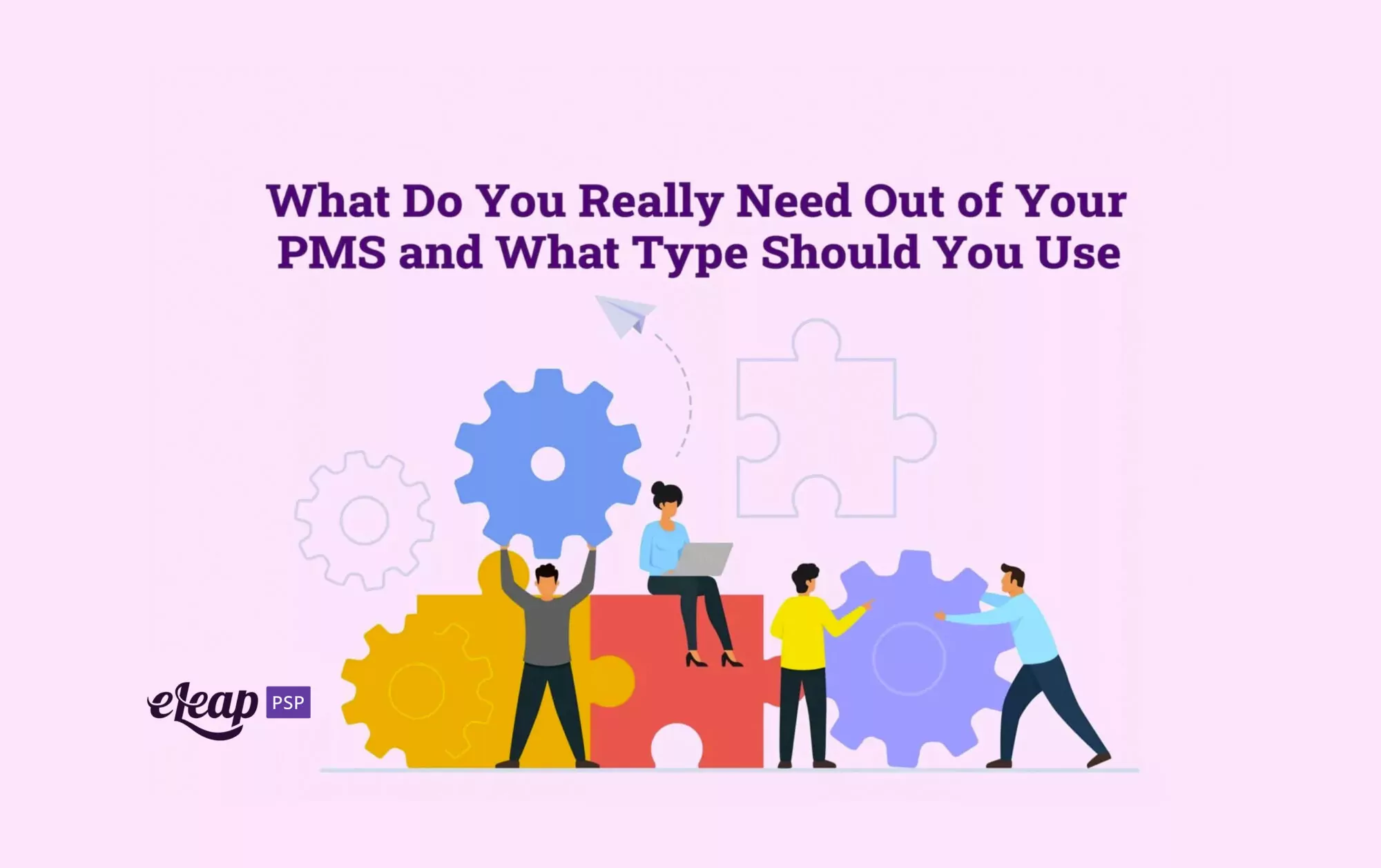What Do You Really Need Out of Your PMS and What Type Should You Use

In the last couple of PMS articles, we discussed the differences between Personnel Performance Management Systems and Organizational Performance Management Systems. We broke each one down based on what they’re capable of doing.
But what should your PMS platform do for your company?
Let’s talk about how the system works exactly and the main functions, regardless of the type. This can help you decide which one might work better for your organization.

How Does A Performance Management System Work?
A performance management system uses measures called KPIs or key result areas to track outcomes at an organizational level. It provides detailed reporting so that leaders can make informed decisions based on facts rather than opinions. It has three main functions:
Assign Roles or Accountability
It lets people know exactly who is responsible for achieving specific targets and then holds them accountable for meeting those expectations.
Provide Transparency
It helps everyone understand where the team stands relative to its own target set out in advance.
Hold Leaders Accountable
It creates a sense of urgency for executives and managers because it shows concretely why things aren’t going according to plan.
These are the core features at the center of any good PMS platform. However, the right platform will also provide you with the following options.
These are generally standard options that you’ll see available in a good platform, although not every version will include all of these options. You’ll need to analyze which options you need and customize.
- Ease of use – making sure end users don’t have to spend too much training before using the product
- Integration with existing corporate infrastructure – helping companies integrate new functionality without disrupting current operation processes
- Realtime status update capability – enabling managers to stay abreast of relevant news immediately
- Automated scoring/ranking capabilities – letting administrators automatically assign rankings to individuals when appropriate
These sorts of solutions come in both custom-developed varieties and off-the-shelf versions. Off-the-shelf versions tend to be cheaper. Custom development tends to involve higher upfront costs but usually offers better integration with internal IT systems and better scalability if needed down the road.
Some vendors specialize only in developing bespoke solutions, whereas others focus on selling packaged products. In either case, however, if you decide to go ahead with implementing a PMS solution, make sure that you choose one that meets your unique requirements and gives you constant access to a vendor’s services.
Also, consider whether the vendor may not continue supporting the product after the initial purchase date. If you do find yourself needing ongoing technical support, look for a provider with experience working with similar applications.
Now, what type of platform will you need to analyze your employees? You have the OKR systems, or you can use HR progress report-type systems.
What Type Should I Use?
In an earlier article, we’ve mentioned that OKR systems generally outperform progress report systems because they address the underlying causes behind poor performance. While this concept makes intuitive sense, it bears repeating here.
Many companies mistakenly assume that a lack of skill causes poor performance and incompetence. Actually, research indicates that the opposite is true. People who feel empowered and valued by their employers exhibit high levels of self-motivation and drive regardless of their skills.
It’s important to keep this in mind when it comes to your grading system. Remember, it’s not always through the fault of the employee that they’re underperforming, and how your management is performing plays a vital role.
So which system is best for you? Both! Companies should begin by creating a clear vision of the future state of affairs they wish to achieve and then map out a realistic roadmap toward that destination.
Next, identify critical milestones along the way and establish intermediate checkpoints so that managers can evaluate progress toward reaching those milestones. Finally, create incentives and rewards that motivate staff members to move forward towards desired outcomes.
The HR progress report also gives you information regarding how well employees are integrating with corporate culture. You’ll find out how well they get along with other employees, how they feel about their job, and just a general feel about their mood and attitude.
How Should I Make My Decision?
If you think of performance management as a journey toward a predetermined destination, then it’s easy to figure out what sort of system suits your business best. However, as time goes on, companies are beginning to use defined roles less and less.
Regardless of how much you try to cling to the old way of doing things, eventually, everyone is forced to change to stay competitive (unless you’ve carved out an extremely non-competitive niche..in this case, you call all the shots).
You should make your decision based on how your company operates now, with some room left for growth and change. Maybe the best course of action is to incorporate elements of both systems, and not just one or the other.
This way, you’re getting a good mix of AI metrics and KPIs as well as human opinion through HR report cards.
There’s one more thing you should keep in mind. When you allow performance management to exist as a continuous process, you set yourself up with much higher odds of being an agile company and grooming your employees to constantly level up their talents.
It doesn’t matter what way you do things – whether it’s the old method or a newer, more progressive approach, all organizations benefit from employee advancement. When employees are allowed room for growth, everybody wins. Continuous performance management affords them this opportunity.
As with anything else related to technology, the right performance management solution for your business depends largely upon your particular situation. Think carefully about which features matter most to you and weigh your choices accordingly. Ultimately, remember that you get what you pay for. Poorly built software isn’t cheap. Quality matters, and so does value for your investment dollar. The eLeaP continuous performance management system provides organizations with powerful options to attract and retain high caliber team members.